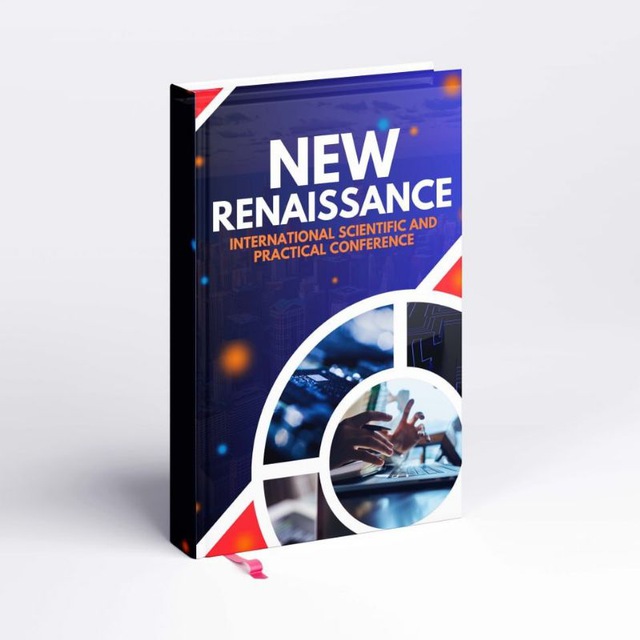Abstract
Acute kidney injury in patients with severe burns is one of the most serious complications in clinical practice. Its development is caused by fluid loss, circulatory disorders, tissue breakdown, and inflammatory reactions that damage the kidneys. Early recognition with laboratory and instrumental methods is very important for timely treatment. Management is based on restoring fluid balance, supporting kidney function, preventing toxins from accumulating, and in severe cases using blood purification methods. Preventive measures and comprehensive therapy increase the chances of survival and help to preserve kidney function in burn patients.
References
Oltmann, S. C., Fischer, A., Barber, R. et al. Pediatric ovarian torsion: spectrum of disease and predictors of ovarian viability. Journal of Pediatric Surgery. 2010; 45(1): 135–139.
Aziz, D., Davis, V., Allen, L., Langer, J. C. Ovarian torsion in children: Is oophorectomy necessary? Journal of Pediatric Surgery. 2004; 39(5): 750–753.
Taskin, E. A., Ergun, O., Ozden, O. et al. The long-term impact of adnexal torsion on ovarian function. Journal of Pediatric and Adolescent Gynecology. 2014; 27(6): 376–382.
Cass, D. L. Ovarian torsion in pediatric and adolescent patients: diagnostic and therapeutic challenges. Current Opinion in Obstetrics and Gynecology. 2005; 17(5): 483–489.
Oelsner, G., Shashar, D. Adnexal torsion. Clinical Obstetrics and Gynecology. 2006; 49(3): 459–463.
Babajanova, D. M., Ibragimova, N. Sh. Laparoscopic interventions in girls with ovarian tumor-like torsion. Journal of Obstetrics and Gynecology of Uzbekistan. 2022; 3: 45–50.
Burduli, N. M., Avetisyan, A. A. Modern approaches to diagnosis and treatment of ovarian torsion in girls. Pediatric Surgery. 2020; 5: 23–28.
